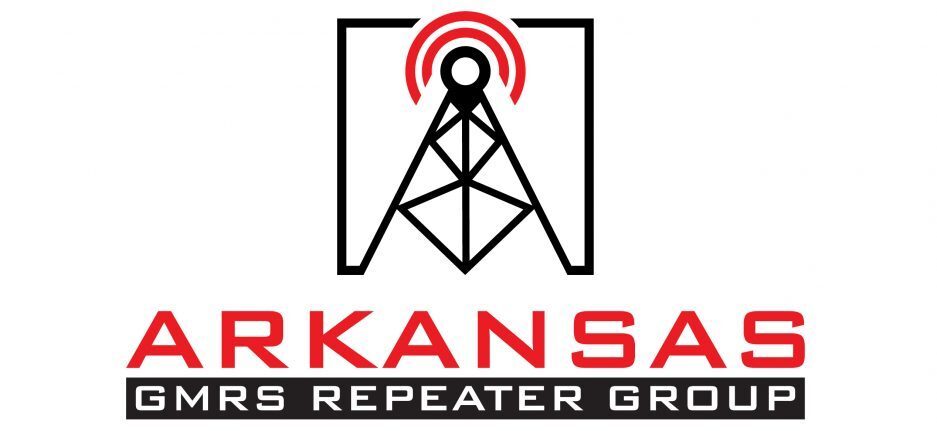The General Mobile Radio Service is a radio service that favors mobile radios.
Almost every users first GMRS radio is of the handheld or “portable” variety. There is absolutely nothing wrong with this! Handheld radios can be extremely affordable, easy to use, and just make sense for a lot of GMRS licensees – but there are some things you should know about handheld / portable radios in the context of GMRS repeaters.
Why do they suck?
GMRS is an acronym for General Mobile Radio Service. In this context, a “mobile” station typically comprises a high-powered radio (10-50 watts) and an externally mounted antenna (roof, trunk, etc), installed on a moving vehicle like a car, truck, tractor, or ATV. These mobile installations will always drastically outperform handheld stations for a few reasons:
- Low-Quality Radios: While not always the case, the GMRS market is flooded with low-quality handheld radios. Merely being labeled as “mobile” doesn’t inherently make a radio superior, but generally, they do tend to have more sensitive receivers, better audio quality, etc.
- Power: While transmit power isn’t the sole factor, having more than double the power of a handheld radio can enhance signal transmission through obstacles, atmospheric conditions, and noise.
- Antenna Location: Portable GMRS radios will not perform inside of a vehicle without connecting them to an externally mounted antenna. The body of the vehicle acts like a faraday cage blocking most radio signals. Given that you need an external antenna anyways, go ahead and hook a better radio up to it!
- Antenna Size: Larger mobile stations allow for physically larger antennas. Handheld radios sacrifice antenna efficiency for portability.
- Antenna Height: While your car’s roof may not be significantly taller than you, raising the antenna can increase signal strength, similar to holding your cell phone higher to get better reception.
- Antenna Polarization: Antennas must be oriented the same way as the transmitting or receiving antenna for optimal signal exchange. Mounting an antenna on a vehicle ensures it’s positioned straight up and down, whereas handheld radios are prone to being moved around and held at an angle, affecting performance due to improper orientation.
- Antenna Ground Plane: Installing a large metal surface beneath the antenna creates a “ground plane”, acting as a reflector that aids RF signal interaction. Handheld radios rely on the person holding the radio as a ground plane, which is less efficient compared to the roof of a vehicle.
Portable GMRS radios are good candidates for short-range communications – only a few miles.
Repeater Coverage Comparison
Here is a visual example using the estimated coverage of one of our flagship wide-area repeaters, NWA700. Drag the slider back & forth to see the difference between coverage when using a portable vs. mobile radio. Simply using a mobile station increases the calculated usable coverage area by 265% (nearly 4x the range).


Why should I care?
Handheld radios are great for short-range group communications in scenarios such as small events, camping, hiking, hunting, and more where a lightweight & convenient transceiver is needed. In the context of the Arkansas GMRS Repeater Group – a lot of users interested in repeaters tend to want to “range test” or see “how far they can talk”. Combined with the popularity of affordable portable GMRS radios, it’s no surprise that significant amounts of repeater traffic come from underpowered portable radios that are too just far away from the repeater for reliable communications.
If you’re looking to use GMRS for distances over a few miles, or reach a repeater from over a few miles away, you need a mobile or base station!
What mobile or base radio should I buy?
Great question! Although the consumer GMRS market is saturated with low-quality radios from overseas (Midland, Rugged Radios, Baofeng, Tidradio, Radioddity, Pofung, etc), some are ok – YMMV. Used commercial radios like Motorola and Kenwood are almost always cheaper and significantly higher quality than any “new” radio on the market.
For more information about radio purchasing, please see What Radio Should I Get?

